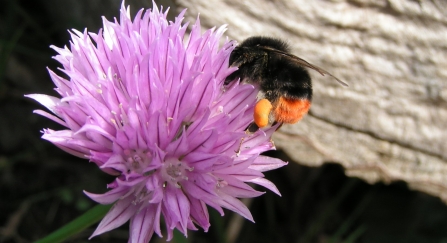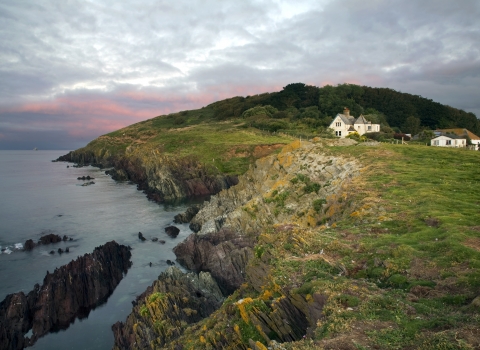So, after last week’s blog I thought I’d better start with those mischievous sheep.
We have 24 lively young Shetland sheep and 4 elderly, calm and sedate Hebridean sheep. One of the Shetlands, nicknamed ‘Toffee’ thinks she is a dog and puts her ‘paws’ aka hooves up at you and wants to be stroked.


